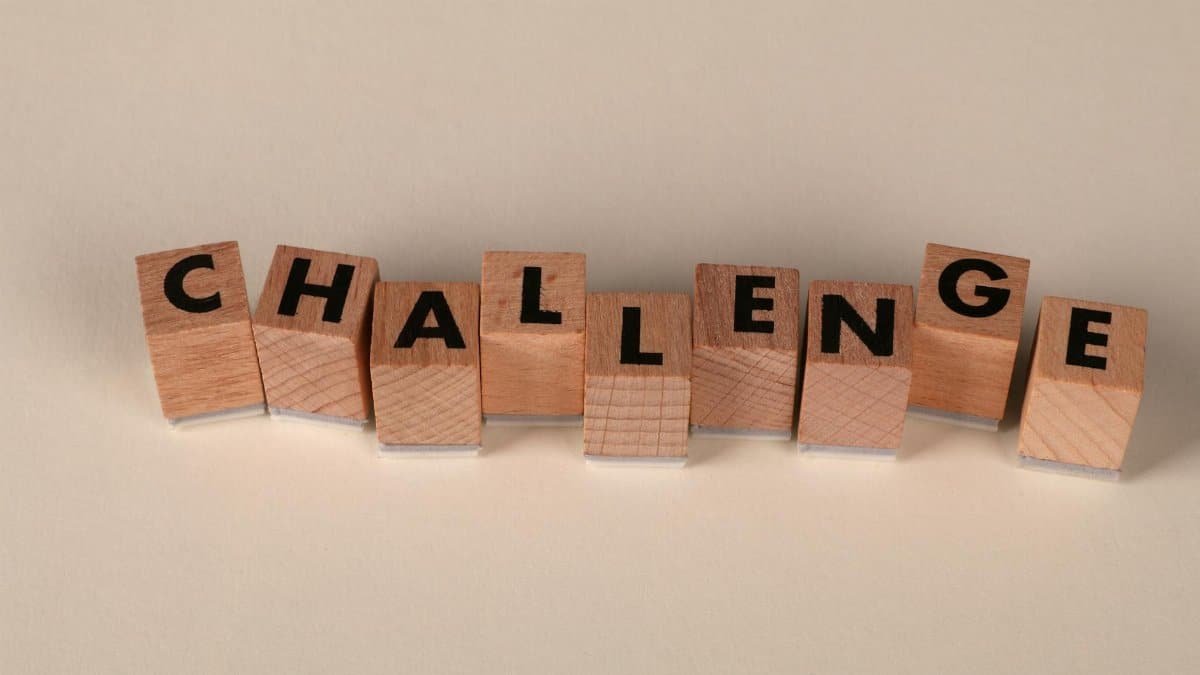In a world buzzing with wellness trends, mind-body healing is emerging as a game-changer for spiritual growth. New data from a recent survey shows that 45% of Americans are incorporating practices like meditation and yoga into their daily routines to foster inner peace. This isn’t just hype—it’s backed by science linking mental focus to physical well-being. As we step into 2025, more people are ditching quick fixes for holistic approaches that promise real transformation.
Defining Mind-Body Healing

Mind-body healing bridges the gap between mental states and physical health. It involves techniques like mindfulness, biofeedback, and tai chi that encourage self-awareness and stress reduction. Experts say this integration helps individuals regulate emotions and boost immunity. A study from Harvard Medical School highlights how these practices can lower blood pressure and improve sleep quality. For those on a spiritual journey, it’s about aligning the inner self with the outer world.
The Role in Spiritual Awareness

Spiritual growth often stalls without addressing the body. Mind-body healing promotes awareness by tuning into bodily signals that reflect emotional states. Practitioners report heightened intuition and clarity. In the U.S., wellness centers are seeing a surge in programs combining yoga with spiritual counseling. This fusion helps people uncover hidden beliefs and foster personal evolution. It’s not magic—it’s about consistent practice leading to profound insights.
Practical Techniques to Start

Getting into mind-body healing doesn’t require fancy equipment. Begin with deep breathing exercises to calm the nervous system. Progressive muscle relaxation can release tension tied to spiritual blocks. Apps and online guides make it accessible. A report from the National Institutes of Health notes that even 10 minutes a day can yield benefits. Americans are embracing this, with urban dwellers turning to community classes for support.
Overcoming Common Obstacles

Skepticism is a big hurdle. Many dismiss mind-body healing as pseudoscience, but evidence mounts against that view. Distractions from daily life can derail efforts. To push through, set small goals and track progress. Therapists recommend journaling to connect physical sensations with spiritual reflections. In 2025, expect more workplaces to offer these tools, reducing burnout and enhancing well-being.
Impact on Emotional Regulation

One key benefit is better emotional control. Techniques like guided imagery help process trauma, leading to spiritual breakthroughs. Research from the American Psychological Association shows reduced anxiety through mind-body interventions. Users often describe a sense of liberation, as if shedding emotional weight. This ties directly to spiritual growth, where self-regulation opens doors to deeper connections.
Integration with Daily Life

Making mind-body healing a habit transforms routines. Incorporate it into morning rituals or evening wind-downs. For spiritual seekers, pairing it with prayer or affirmation amplifies effects. A Pew Research Center survey indicates that 60% of spiritually inclined Americans use such methods for balance. Real results include improved relationships and a stronger sense of purpose, proving its value beyond the mat.
Scientific Backing and Trends

Science supports mind-body healing’s efficacy. Studies link it to neuroplasticity, where brain changes promote resilience. The National Institutes of Health funds research showing its role in chronic pain management. In the U.S., 2025 trends point to virtual reality integrations for immersive experiences. This evolution makes spiritual growth more attainable for busy lifestyles.
Personal Stories of Transformation

Take John from New York, who battled anxiety until mind-body practices shifted his perspective. He credits yoga for his spiritual awakening. Similar tales abound in wellness communities. These anecdotes underscore the human element, showing how healing fosters empathy and connection. As more share their journeys, the movement gains momentum, inspiring widespread adoption.
Future Directions in Wellness

Looking ahead, mind-body healing will likely merge with tech for personalized programs. Expect apps using AI to tailor sessions. In spiritual contexts, this means customized paths to enlightenment. U.S. experts predict a boom in holistic retreats. The focus remains on authenticity, ensuring growth is genuine and sustainable.
